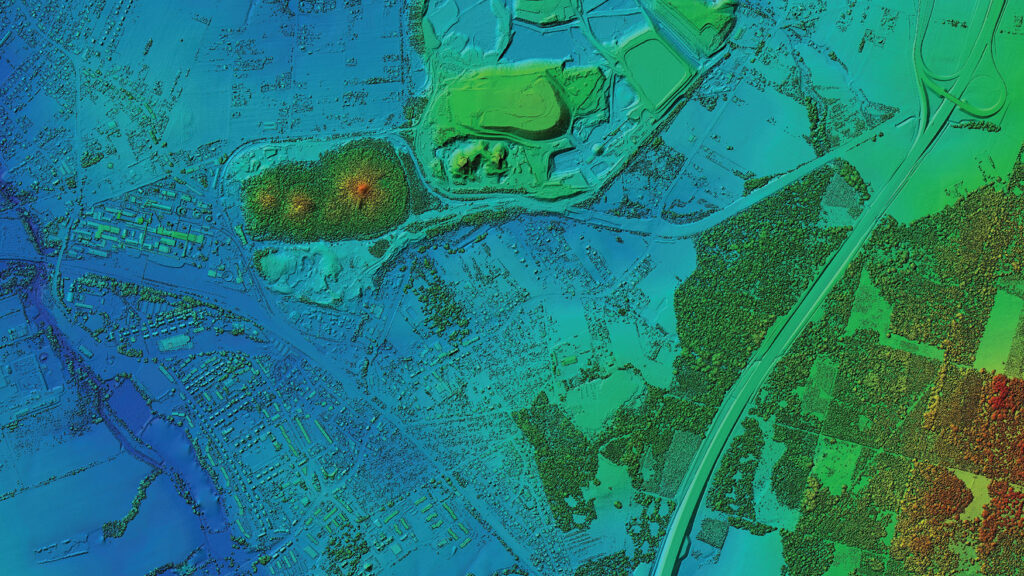Our mission is to ensure a sustainable future through supporting power and infrastructure development.
At Landpoint, we specialize in delivering comprehensive services for the energy infrastructure sector. Our expertise includes utilities, pipeline routing, oil and gas well location services, unit surveys, and construction layout planning. We also provide topographical boundary mapping, advanced Lidar and photogrammetry solutions, subdivision design, and title and boundary surveys. Our offerings extend to geodetic control, map reproduction and preparation, wetlands delineation, HDS laser scanning, and dedicated 3D scanning services. Additionally, we feature online mapping platforms to streamline project management and data accessibility.









